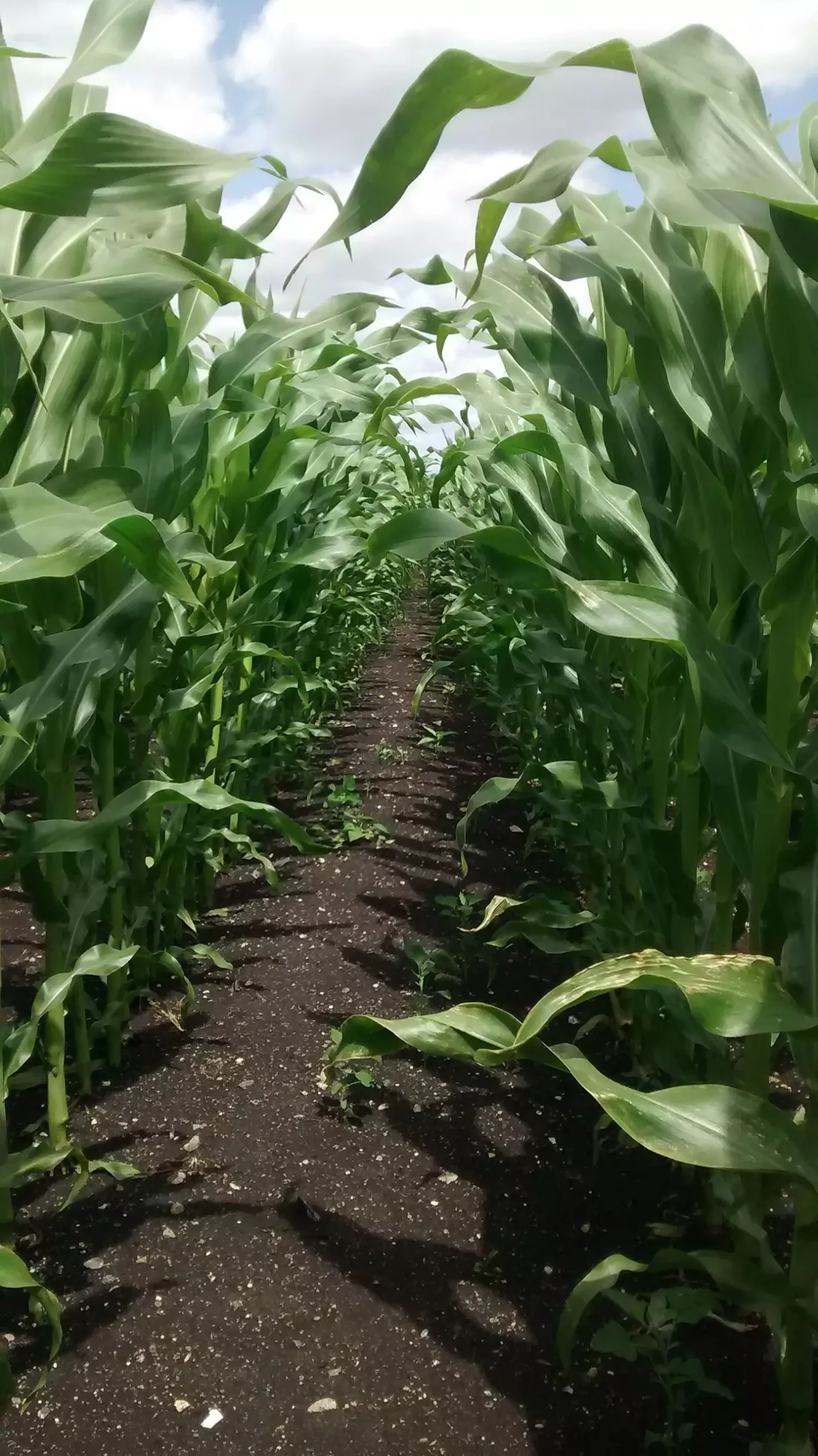The pursuit of alternative energy sources, particularly biomethane, has gained considerable traction in recent years as a means of mitigating climate change and striving towards the goal of Net Zero emissions. Biomethane—generated through the anaerobic digestion of organic material—purports to be a more sustainable option compared to fossil fuels. However, a new study by the UK Center for Ecology & Hydrology (UKCEH) reveals a startling contradiction: the increasing cultivation of crops like maize for biomethane production on drained peatlands may be exacerbating greenhouse gas emissions rather than mitigating them. This article will explore the implications of these findings and the urgent need for critical reassessment of agricultural practices in the context of renewable energy production.
At first glance, the logic behind biomethane appears sound—by harnessing energy from organic materials, we are supposedly recycling carbon that was recently absorbed from the atmosphere through photosynthesis. However, this narrative overlooks a crucial aspect of the carbon cycle, particularly when it comes to drained peatlands. The findings of the study suggest that for every cubic meter of biomethane produced from maize grown on these land types, the emissions could indeed reach six kilograms of CO2—far exceeding the two kilograms released from burning natural gas. This raises fundamental questions about the carbon neutrality of such renewable energy sources.
Peatlands are among the world’s most important carbon sinks, storing carbon beneath their surface for centuries, if not longer. The act of draining these wetlands, however, exposes this long-sequestered carbon to atmospheric oxygen, leading to significant emission of CO2. The UKCEH estimates that the area of drained peatland utilized for maize cultivation has increased dramatically, tripling from around 6,000 hectares in 2015 to over 11,000 hectares by 2021. This raises serious concerns that the effort to transition to bioenergy is potentially counterproductive when considering the total carbon footprint associated with such practices.
Furthermore, the study points out that these emissions do not account for additional greenhouse gases released through fertilization processes, harvesting, or transportation of maize. Thus, the overall environmental costs associated with cultivating maize for biomethane could be substantially higher than previously believed.
The implications of this research compel us to adopt a more holistic approach toward bioenergy production. It is crucial to recognize that not all agricultural practices on drained peatland yield the same results. For instance, the study suggests that exploring alternatives such as paludiculture—growing specific biomass crops on agricultural peatlands managed at higher water levels—may present a more climate-friendly avenue. By maintaining the waterlogged state of these soils, we could potentially avoid the carbon loss associated with drainage, thereby harnessing biomass without contributing to greenhouse gas emissions.
Emerging evidence also supports the notion that utilizing maize in crop rotation (“break crops”) could mitigate some negative effects associated with food production. These integrated farming strategies may not only support soil health but also offer economic advantages, thereby presenting a win-win scenario.
The support provided by the UK government for biomethane production through various incentives such as the Green Gas Support Scheme has driven a significant rise in production rates, four-fold since 2000. While this financial assistance reflects a commitment toward energy decarbonization, it is imperative that policymakers evaluate the ecological consequences of such initiatives. The findings from UKCEH underscore the importance of aligning energy production with sustainable land management practices, emphasizing that blind support for renewables can lead to adverse environmental outcomes.
Researcher Dr. Rebecca Rowe emphasizes the complexities surrounding the transition to Net Zero, acknowledging that while some advancements are being made, unforeseen negative consequences could undermine efforts. It is the responsibility of scientists, industry stakeholders, and policymakers to work collaboratively, sharing research and insights to craft informed strategies for bioenergy production that not only address energy needs but also safeguard our environment.
As the world grapples with the urgent need for cleaner energy sources, it is crucial to approach biomethane production with a critical lens. The findings from the UKCEH provide invaluable insights into the ramifications of utilizing drained peatlands for energy crops. Greater awareness and prudent management of land resources are essential to ensure that the pursuit of renewable energy does not inadvertently contribute to the very problem it seeks to solve. In navigating this complex landscape, a more thoughtful, scientifically-informed approach could pave the way for sustainable practices that protect both our climate and our planet’s vital ecosystems.


Leave a Reply